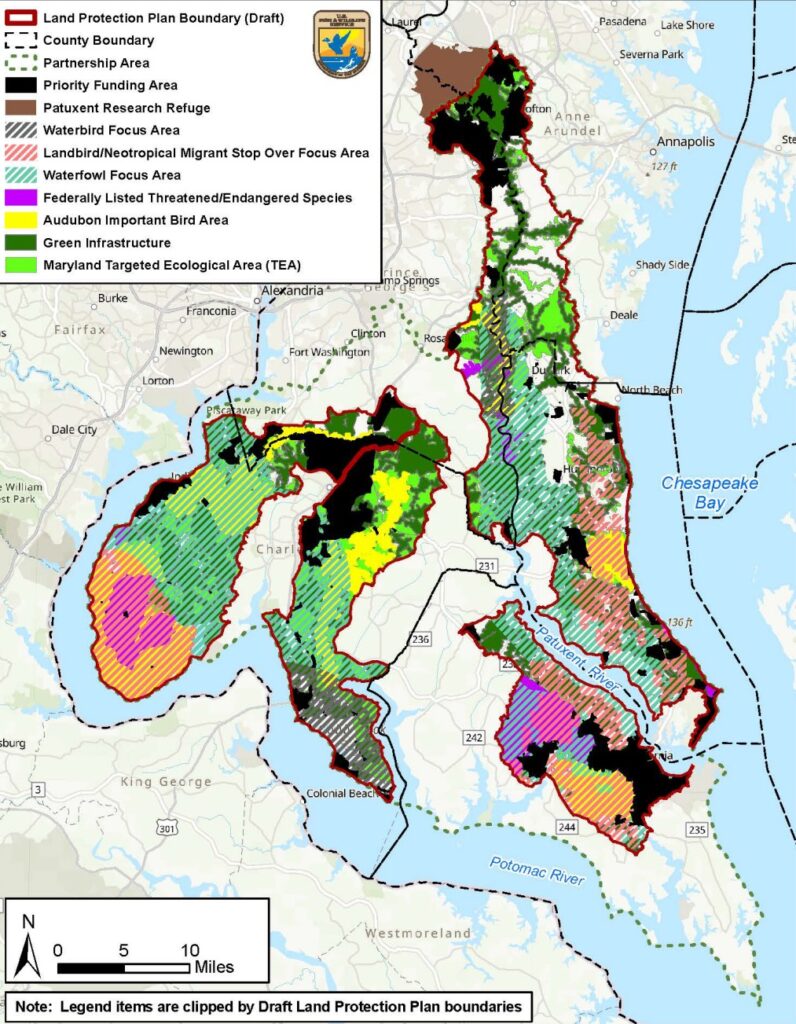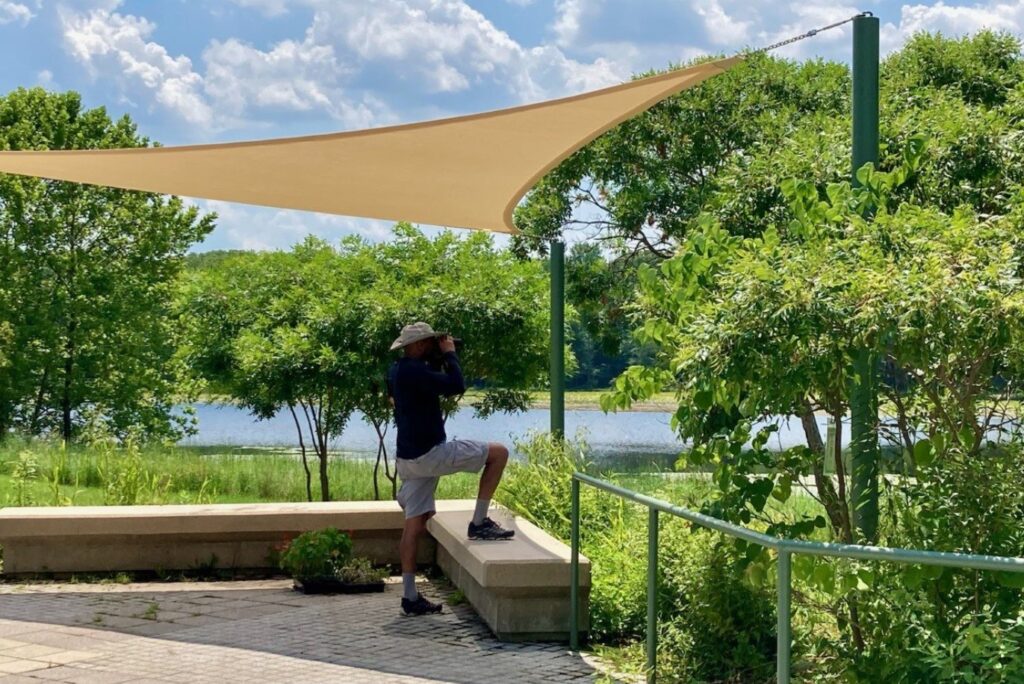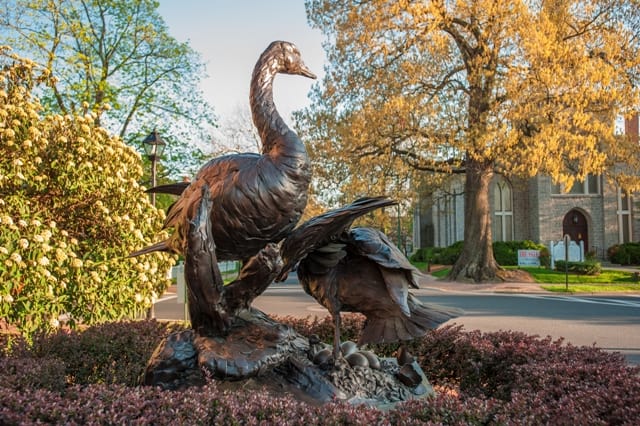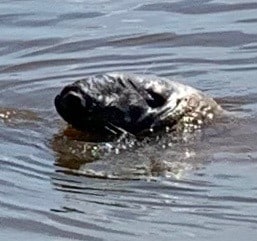A new national wildlife refuge could be carved out in Southern Maryland and now is your chance to weigh in on the plan. If approved, this would be the first national wildlife refuge in the Bay region in 26 years.
The U.S. Fish and Wildlife Service (USFWS) is looking for about 40,000 acres of woodlands, farm fields and wetlands for the wildlife refuge. Those acres would be in sections within a much larger framework of 577,400 acres over five counties.
Dan Murphy, of the Fish and Wildlife Service’s Chesapeake Bay Field Office, says those acres wouldn’t necessarily be contiguous. Rather, the agency wants to create a network of “habitat hubs of forests and streams and corridors between those hubs” to help protect threatened and endangered species, waterfowl and migratory birds.
He said it would be modeled after the Rappahannock wildlife preserve, which was established in the 1990s. USFWS used federal money to acquire the rights to 20,000 acres in the Rappahannock River valley in Virginia and looked to state and non-government agencies as partners to help preserve more land.
In Southern Maryland, the agency would be working with the American Chestnut Land Trust, Maryland’s Department of Natural Resources, The Maryland Environmental Trust, the Chesapeake Conservancy, Charles County and others on the project.
“This gives us the opportunity to spend money in that landscape and pursue the most important places to protect,” Murphy said.
The plan is based on a 2018 conservation plan that USFWS developed in partnership with the Southern Maryland Conservation Alliance after three public listening sessions that year. You can see the draft proposal, land protection plan and environmental assessment at fws.gov/project/evaluating-new-refuge-lands-southern-maryland. You can submit comments on the plan at FW5southernmarylandplan@fws.gov from now through Aprill 22.
The Southern Maryland Woodlands National Wildlife Refuge would be the seventh such refuge in the Chesapeake region, including Blackwater, Nanticoke, Eastern Neck and Martin on Maryland’s Eastern Shore and the Patuxent and Rappahannock River Valley refuges in Maryland and Virginia on the Western Shore. It would stretch across Anne Arundel, Calvert, Charles, Prince Georges and St. Mary’s counties and be divided into four units based on watersheds: The Lower Patuxent – Calvert Unit, the Nanjemoy – Mattawoman Unit, the Zekiah – Wicomico Unit, and the McIntosh Run – St. Mary’s Unit.

Murphy said USFWS would purchase land outright or acquire development rights from willing sellers.
Scott Kahan, chief of the National Wildlife Refuge System for the USFWS northeast region, said the forests and wetlands of Southern Maryland “provide special places for people and for wildlife.”
“As these habitats come under pressure from climate change and other threats, this proposal would help conserve these areas for future generations,” he added.
Studies by USFWS and its partners over the last 15 years have shown that the forests, rivers and wetlands of Southern Maryland provide important habitat for birds that migrate and spend their winters along the Atlantic Flyway, as well as important nursery habitat for nearly 350 species of finfish. That includes threatened and endangered species such as the dwarf wedge mussel, Atlantic and shortnose sturgeon, Puritan and Northeastern tiger beetles and the northern long-eared bat.
Federal leaders say there are tens of thousands of acres of unprotected habitats that support these species in Southern Maryland and the loss of them would have severe consequences for those species.
Already more than half of Maryland’s forests and wetlands have been lost to development, with more than 1 million acres having been developed since 1973. Those losses, USFWS says, represent the primary threat to Maryland’s fish and wildlife and the livelihoods and local economies that depend upon them.




